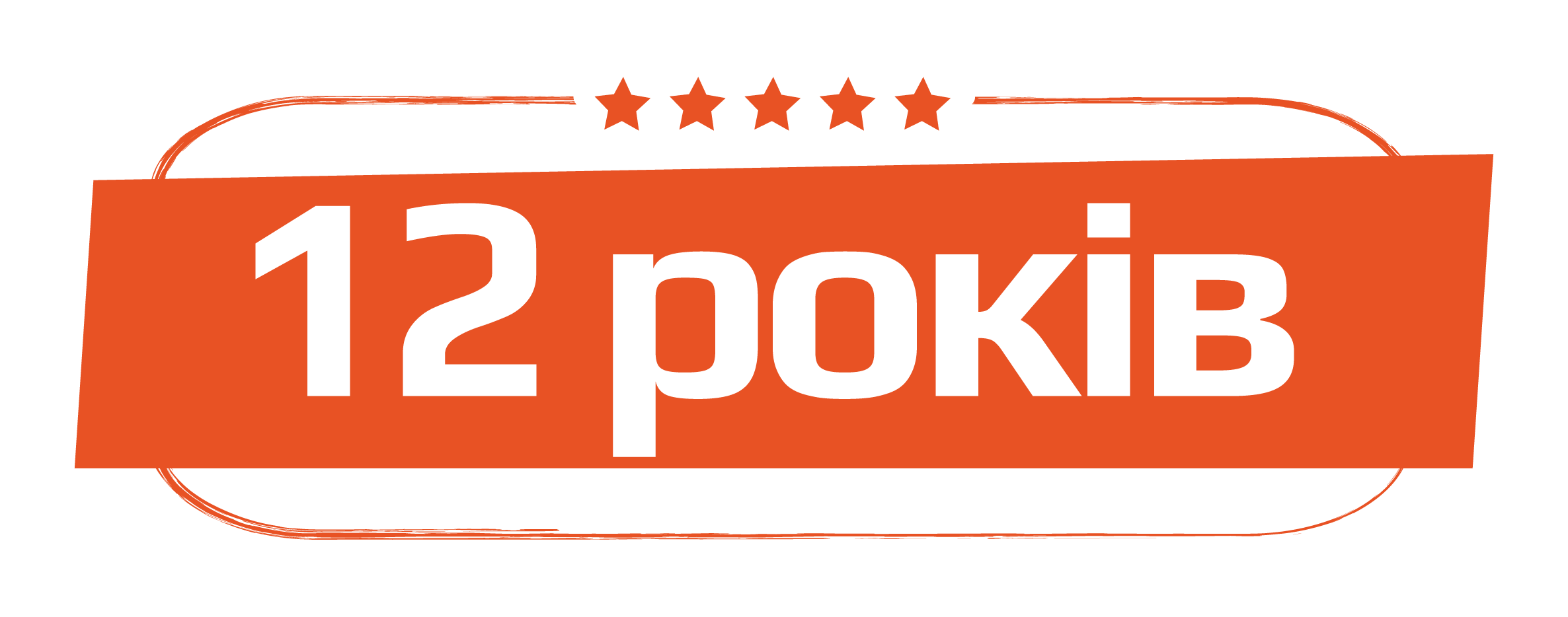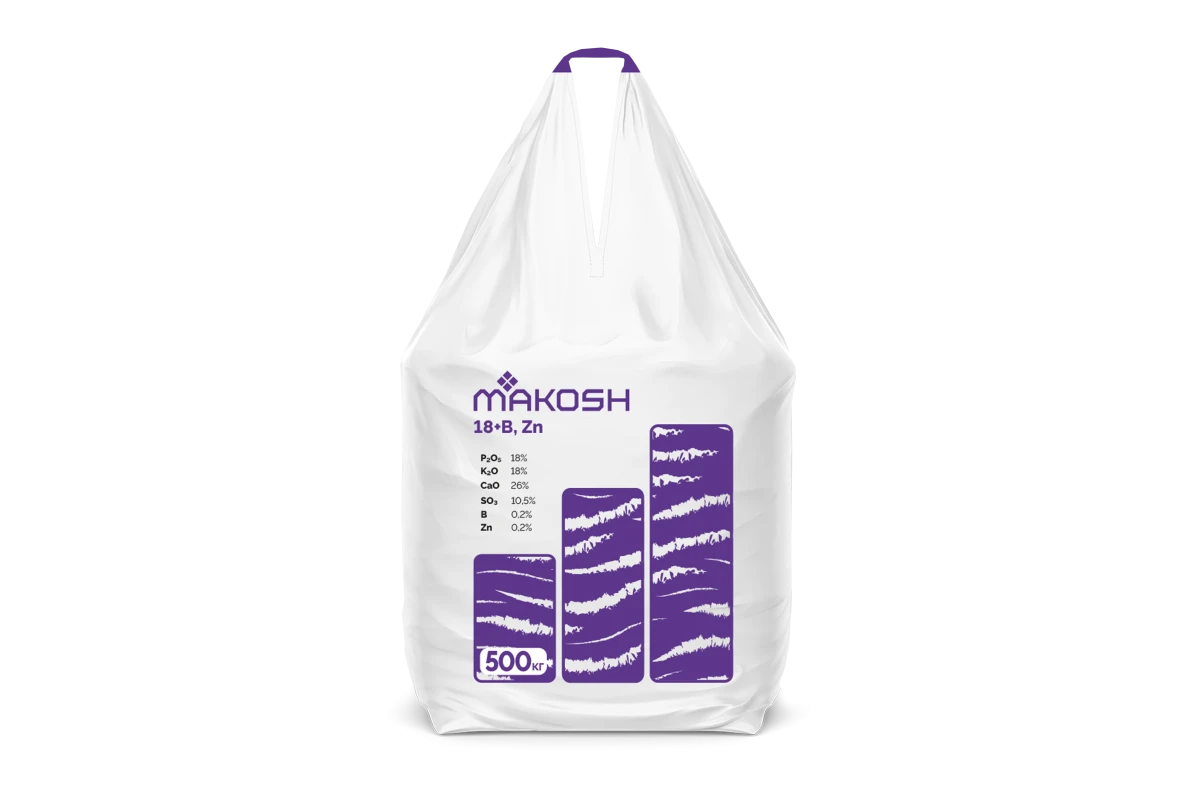No products in the cart.

Corn is one of the most demanding plants in terms of soil fertility and availability of nutrients, and therefore it requires significantly higher fertilizer rates than other grain crops. During the entire growing season, corn produces a large amount of main and by-products, so it consumes significant amounts of nutrients throughout the growing season.
Application of mineral fertilizers
For the maximum use of nutrients, especially in dry years, the main fertilizers should be applied in autumn under the main tillage (Kalium Makosh, Superfosfat MAKOSH z mikroelementami (B,Zn) at the rate of 100-250 kg/ha) or other phosphorus-potassium fertilizers.
Since corn produces a large amount of by-products in the form of vegetative mass, it has a great need for nitrogen nutrition, therefore, it is recommended to apply Anvistar Nitrate 200-400 kg/ha and MagSul 100-180 kg/ha or AS 21 MACRO Ammonium Sulphate 150-300 kg/ha in the pre-sowing treatment.
Starter complexes have a direct effect on seedlings and are used for strong development at the initial stages, therefore, MAKOSH NPK 12:24:12 + 8,5S should be applied at a rate of 100-150 kg/ha for pre-sowing fertilization.
Foliar fertilization
There are two important periods in the development of corn during which foliar fertilization is necessary:
formation of 4-6 leaves;
from the appearance of 8 or more leaves.
During the period of formation of 4-6 leaves, reproductive organs are laid in corn.
The number of cobs on a plant and the number of grains in them depends on the presence of macro- and microelements, especially phosphorus. In this phase, the plant grows slowly, so it consumes few nutrients. Its root system is still underdeveloped and can’t consume nutrients in full. Therefore, during this period, corn is very demanding on the availability of easily assimilated nutrients in the soil and requires foliar nutrition with the following fertilizers:
Urea – 10 kg/ha;
Magnesium sulphate crystalline (heptahydrate) – 5-10 kg/ha;
Wonder Leaf Blue – 2-3 kg/ha or Wonder Leaf Mono P 30 1-2 l/ha;
Wonder Leaf Mono Zn 8 – 1-2 l/ha.
Magnesium sulphate improves photosynthesis and promotes better absorption of nitrogen compounds by the plant. The high phosphorus content contained in Wonder Leaf Blue contributes to the rapid development of the root system, accelerates the laying of reproductive organs, and enhances the plant’s use of nutrients from the soil and fertilizers. The second period is characterized by intensive corn growth. During this period, the plants consume a large amount of nutrients: nitrogen and phosphorus – 50% of the total amount, potassium – 70% of the maximum accumulation. During this period, corn may need zinc. With zinc deficiency in plants, the content of tryptophan and protein decreases. During this period, it is necessary to apply:
Urea – 10 kg/ha;
Magnesium sulphate crystalline (heptahydrate) – 5-10 kg/ha;
Wonder Leaf Yellow or Wonder Leaf Red – 2-3 kg/ha;
Wonder Leaf Mono Zn 8 – 1-2 l/ha.
The optimal amount of nutrients ensures good development of plants, their root system and terrestrial organs, promotes timely formation of reproductive organs and accelerates grain ripening. A sufficient amount of trace elements, namely zinc, increases the frost and drought resistance of plants, stimulates the increase of carbohydrates, proteins and starch in grain, which makes it more valuable, and enhances the resistance of crops to diseases.
To minimize the effects of herbicide stress, we recommend applying Wonder Leaf Amino 43 – 0.5-1 l/ha. For seed treatment, use Wonder Leaf Wonder Micro – 1.5 l/t of seeds (helps to increase germination energy, protect seedlings from diseases and adverse climatic conditions).
The given rates of fertilizer application are of a general nature, because in order to accurately calculate the required rate and dose of application, it is necessary to take into account the results of the analysis of the soil, predecessor, variety/hybrid, the pH level of the soil and many other indicators.
The Makosh company employs expert agronomists who are ready to help you solve the problem 24/7.






